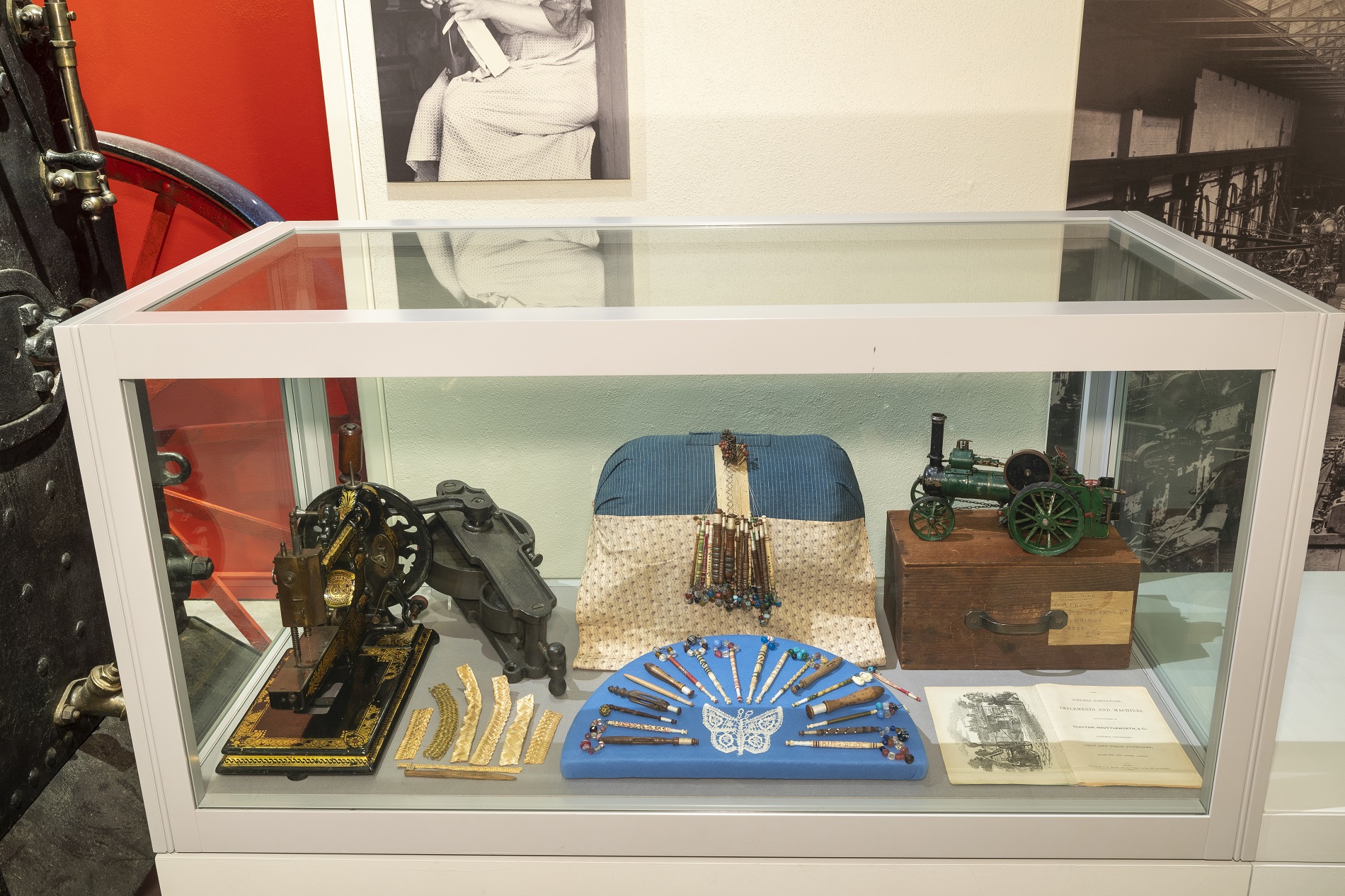Showing Progress Case

Tap the yellow hotspots to see more information on the selected object.

Tap the yellow hotspots to see more information on the selected object.
We use cookies to ensure you get the best experience on our website. Learn More.